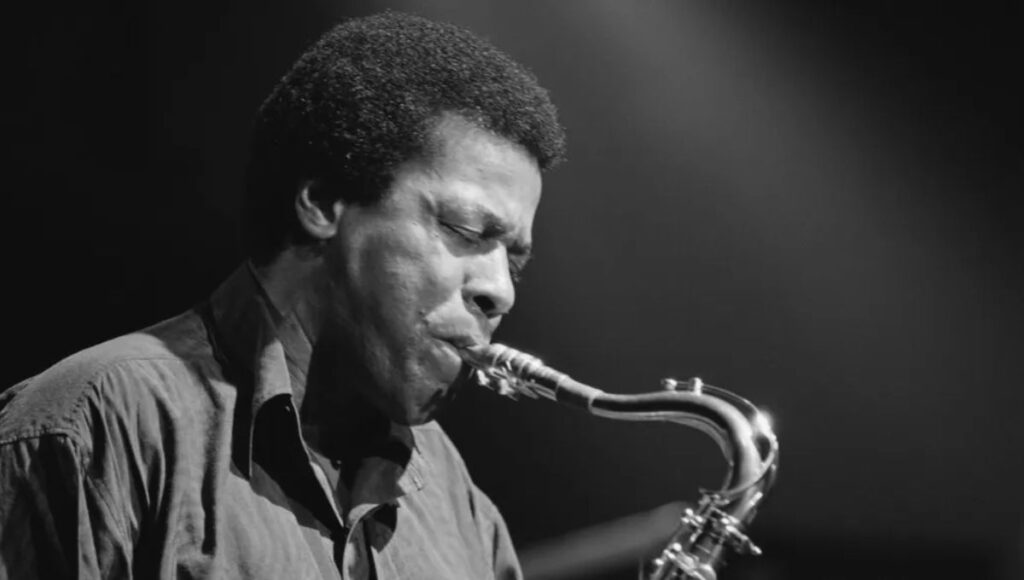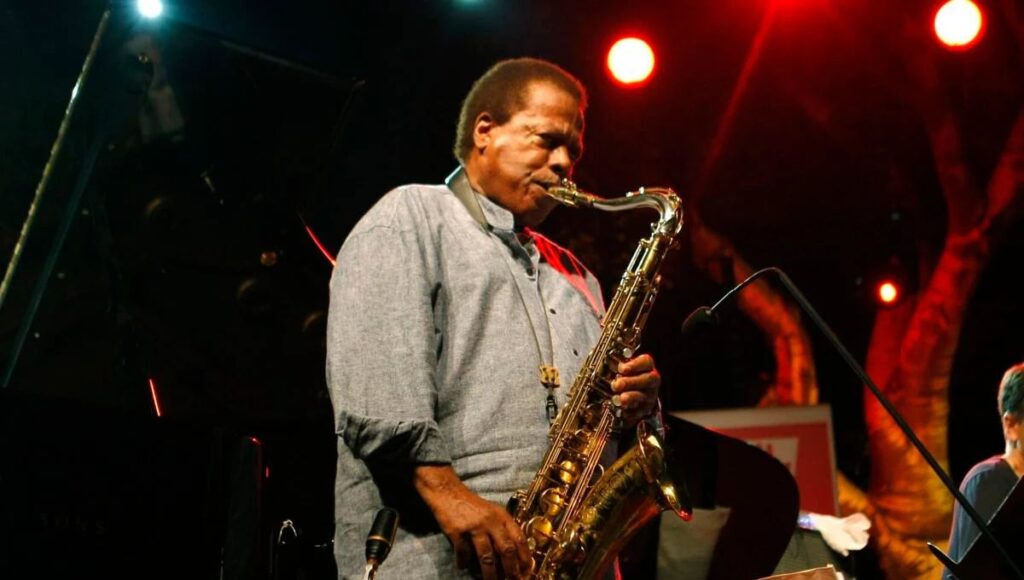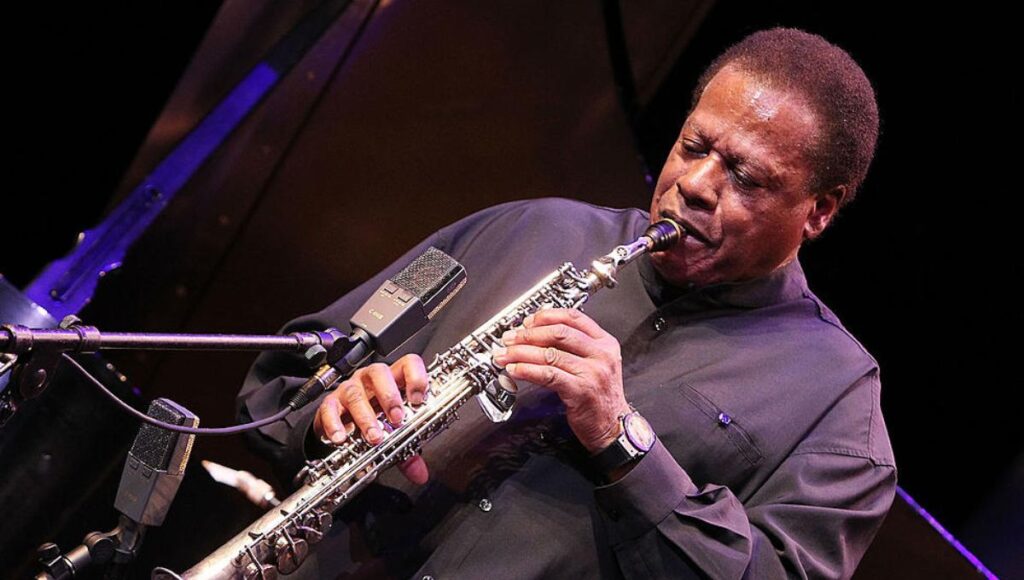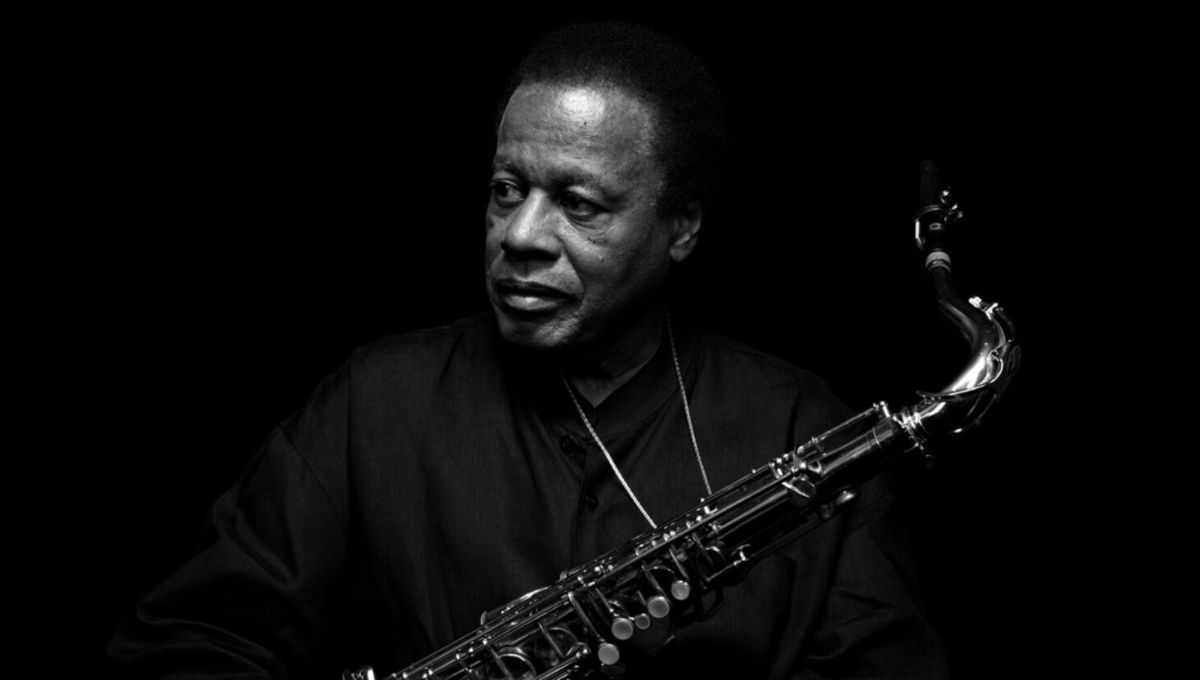Wayne Shorter was a legendary jazz saxophonist and composer who passed away on March 1st, 2023, Wayne Shorter passes away at the age of 89. He was a key figure in the development of the bebop, hard bop, fusion, and jazz-rock genres and played with some of the most influential musicians of the 20th century, including Art Blakey, Miles Davis, and Weather Report. Shorter’s playing was marked by his fluid technique, inventive use of harmony and rhythm, and distinctive tone. He was also a prolific composer and contributed many jazz standards to the genre.
Early Life and Influences

Born on August 25th, 1933, in Newark, New Jersey, Shorter began playing the saxophone at a young age. He grew up listening to jazz and was drawn to the music of Sonny Rollins, John Coltrane, and Charlie Parker. Shorter was a natural talent, and by his teenage years, he was already playing with local bands.
Shorter continued his studies at New York University and the Manhattan School of Music. While in New York, he was exposed to a vibrant jazz scene and began to establish himself as a professional musician. He played with legendary drummer Art Blakey’s Jazz Messengers, joining the group in 1959. Blakey was impressed with Shorter’s playing, and the young saxophonist soon became a key member of the group.
Blakey’s Jazz Messengers

Shorter’s tenure with Blakey’s Jazz Messengers was a turning point in his career. The group was a breeding ground for young talent, and Shorter was surrounded by some of the most talented musicians of the era. He played alongside pianist Bobby Timmons, trumpeter Lee Morgan, bassist Jymie Merritt, and drummer Art Blakey himself. Shorter’s playing was marked by his fluid technique, inventive use of harmony and rhythm, and distinctive tone.
During his time with Blakey, Shorter began to develop his compositional skills. He contributed original tunes to the group’s repertoire, including “Lester Left Town,” “The Chess Players,” and “Ping Pong.” His compositions were characterized by their strong melodies, memorable hooks, and sophisticated harmonic structures. Shorter’s tunes were a major factor in the group’s success, and many of them have become jazz standards.
Miles Davis’ Quintet

In 1964, Shorter joined Miles Davis’ quintet, where he played alongside Herbie Hancock, Ron Carter, and Tony Williams. This group is widely regarded as one of the most innovative and influential ensembles in the history of jazz, and Shorter’s contributions to its sound and repertoire were significant.
Shorter’s playing with Davis’ quintet was characterized by his lyricism, intensity, and unpredictability. He continued to develop his compositional skills, contributing some of the group’s best-known tunes, including “Footprints,” “Nefertiti,” and “ESP.” Shorter’s compositions were marked by their complexity and sophistication, and they pushed the boundaries of what was possible in jazz.
Shorter’s playing with Davis’ quintet was also marked by his use of the soprano saxophone, an instrument that was not commonly used in jazz at the time. Shorter’s playing on the soprano saxophone was groundbreaking, and it helped to establish the instrument as a viable option for jazz saxophonists.
Weather Report
After leaving Davis’ group in 1970, Shorter formed the band Weather Report with keyboardist Joe Zawinul. This group, which also featured bassist Jaco Pastorius and drummer Peter Erskine, was a pioneer of the fusion and jazz-rock styles. They blended elements of jazz, rock, funk, and world music to create a new sound that was both adventurous and accessible.
Shorter’s compositions for Weather Report, such as “Birdland” and “A Remark You Made,” are considered classics of the
